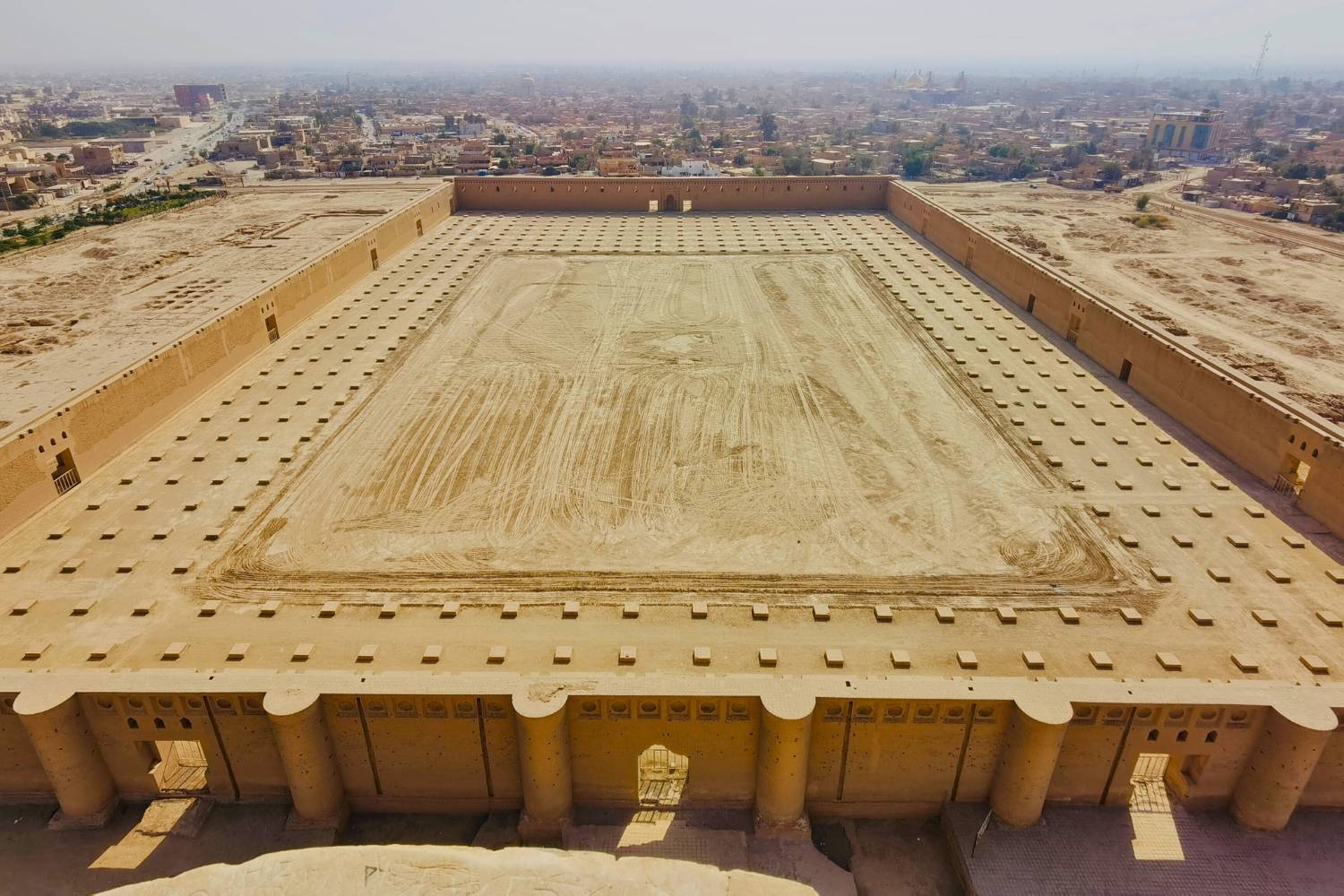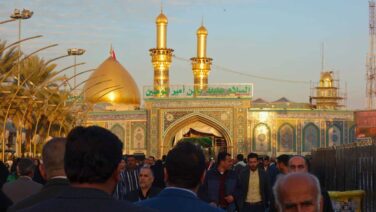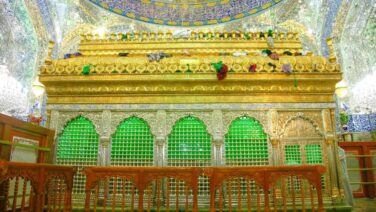Samarra, located on the eastern bank of the Tigris River in central Iraq, is a city renowned for its historical significance and architectural marvels. As one of the ancient capitals of the Islamic world, Samarra offers a wealth of historical and cultural sites that tell the story of its illustrious past. For travelers interested in exploring the rich heritage of Iraq, Samarra is an essential destination.
Foundation and Early Islamic Period:
- Foundation: Samarra was founded in 836 AD by the Abbasid Caliph Al-Mu’tasim as a new administrative capital, replacing Baghdad for a period.
- Golden Age: The city quickly grew into a magnificent capital, featuring grand palaces, mosques, and gardens. Samarra became a center of Islamic art, culture, and architecture during the Abbasid Caliphate.
Medieval Samarra:
- Decline: After the Abbasid caliphs returned to Baghdad in the 9th century, Samarra gradually declined but remained an important religious and historical site.
Modern Samarra:
- 20th and 21st Centuries: In modern times, Samarra has faced challenges but continues to be a focal point for religious pilgrimage and tourism. The city is known for its efforts to preserve and restore its historical landmarks.
Must-Visit Attractions
Great Mosque of Samarra:
- Iconic Minaret: The Great Mosque of Samarra, built in the 9th century, is famous for its unique spiral minaret, the Malwiya Tower. This architectural masterpiece is a symbol of Islamic art and design, attracting visitors from around the world.
Al-Askari Shrine:
- Religious Significance: The Al-Askari Shrine is one of the holiest sites in Shia Islam. It is the burial place of the 10th and 11th Shia Imams, Ali al-Hadi and Hasan al-Askari. The shrine’s golden dome and intricate decorations make it a must-visit site.
Samarra Archaeological City:
- UNESCO World Heritage Site: The archaeological remains of Samarra, including palaces, mosques, and other structures, are a testament to the city’s historical significance. Visitors can explore the extensive ruins that highlight the grandeur of the Abbasid era.
Abbasid Palace:
- Historical Landmark: The Abbasid Palace, once a grand residence of the caliphs, showcases the architectural brilliance of the Abbasid period. Its remnants provide a glimpse into the opulence of the medieval Islamic world.
Cultural Experiences
Iraqi Cuisine:
- Local Flavors: Samarra’s culinary scene offers a delightful mix of traditional Iraqi dishes. Be sure to try local specialties like masgouf (grilled fish), teshreeb (bread soaked in meat broth), and kubba (stuffed meatballs). The city’s restaurants and street vendors provide an authentic gastronomic experience.
Markets and Souks:
- Shopping Delight: Samarra’s markets are vibrant centers of commerce where you can find a variety of goods, from spices and textiles to handcrafted items and jewelry. The city’s souks offer a vibrant shopping experience and a chance to immerse yourself in local culture.
Cultural Festivals:
- Religious Celebrations: Samarra hosts several important religious festivals throughout the year. The most notable is the commemoration of the martyrdom of the Shia Imams, which attracts thousands of pilgrims and features various cultural and religious activities.
Natural Attractions
Tigris River:
- Scenic Beauty: The Tigris River, flowing near Samarra, offers beautiful landscapes and a tranquil environment. It’s a perfect spot for a leisurely boat ride or a peaceful riverside walk.
Desert Landscapes:
- Natural Retreat: The surrounding desert landscapes provide a stark yet beautiful contrast to the lush banks of the Tigris. It’s an ideal place for desert excursions and experiencing the unique desert environment.
Practical Information
Best Time to Visit:
- Weather Considerations: The best time to visit Samarra is during the cooler months from October to April. Summers can be extremely hot, making outdoor activities less enjoyable.
Getting There:
- Accessibility: Samarra is accessible by road from major cities in Iraq. The nearest major airport is Baghdad International Airport, which is approximately 125 kilometers away and offers connections to various international destinations.
Accommodation:
- Where to Stay: Samarra offers a range of accommodation options, from comfortable hotels to budget-friendly guesthouses. Popular choices include the Samarra Palace Hotel and various other hotels that provide comfort and convenience for pilgrims and tourists.
Samarra attractions
Samarra, located in Iraq, is renowned for its significant historical and architectural landmarks. The city is best known for the Great Mosque of Samarra, featuring the iconic Malwiya Tower, an impressive spiral minaret that rises 52 meters high. This mosque, built during the 9th century Abbasid Caliphate, exemplifies the architectural innovation of the time. Another notable site is the Abbasid Palace, often referred to as the “Palace of the Golden Gate,” which showcases the opulence of Abbasid architecture through its extensive ruins. The Samarra Archaeological Site offers a comprehensive view of the city’s ancient urban layout, including residential, administrative, and religious structures from the Abbasid period. Here’s a categorized list of attractions in and around Samarra :
Key Attractions in Samarra
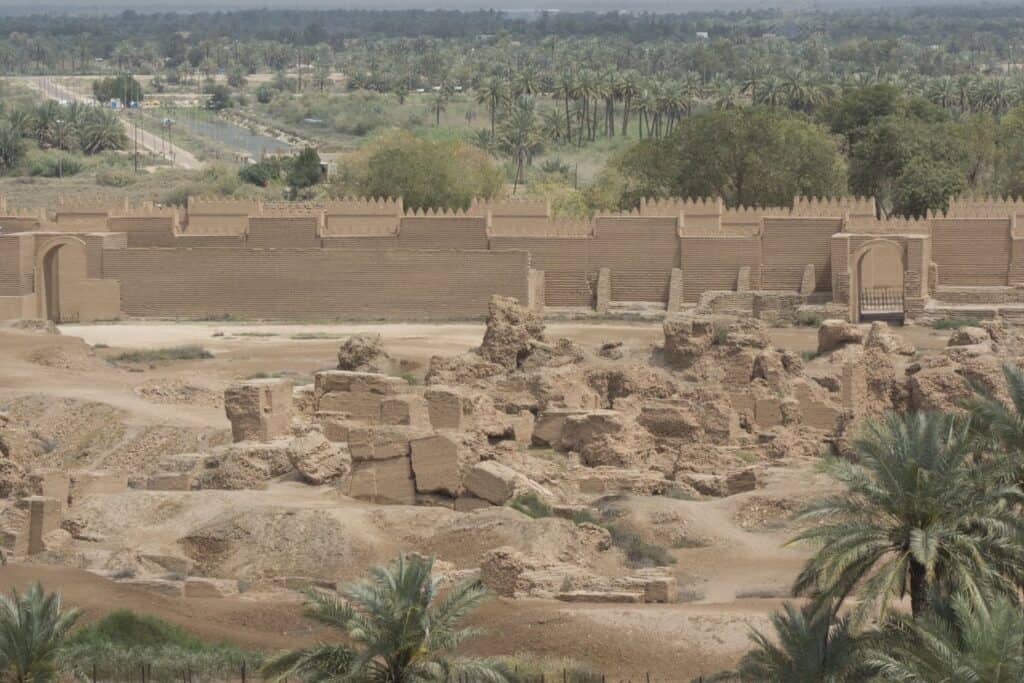
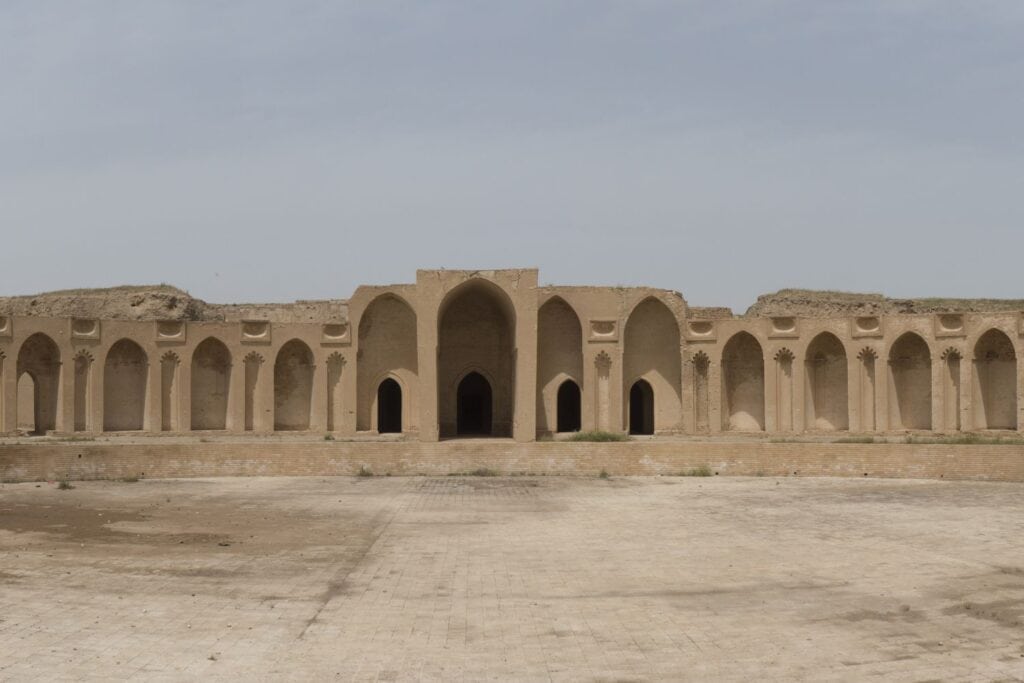

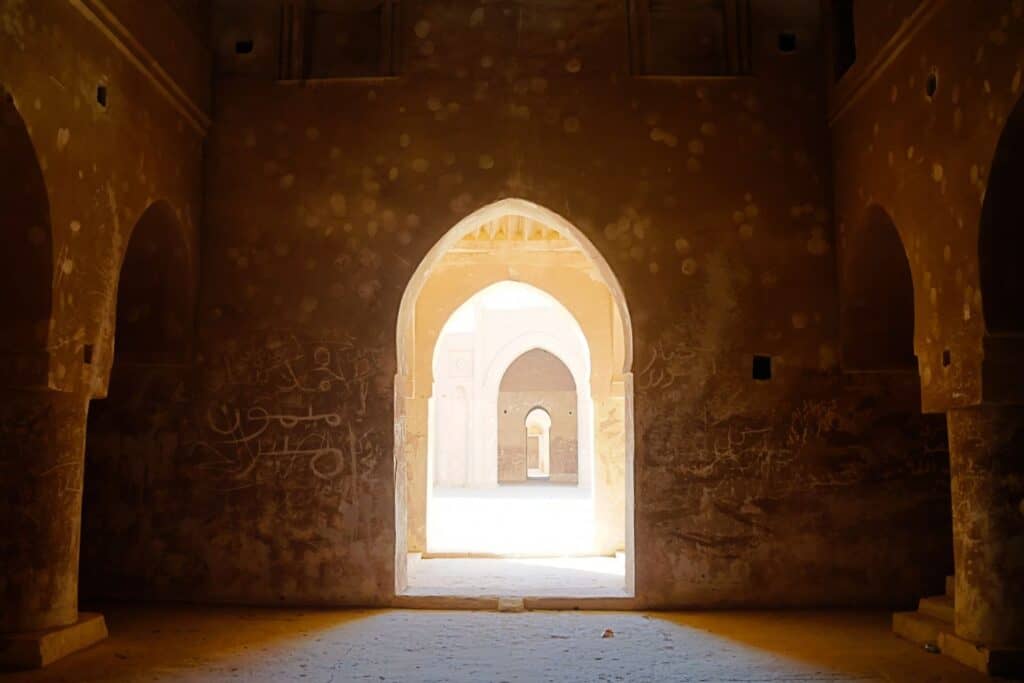


Historical Attractions
Great Mosque of Samarra (Masjid al-Jami) Built during the Abbasid Caliphate in the 9th century, this mosque is renowned for its grand scale and distinctive architecture. Its most notable feature is the spiral minaret, the Malwiya Tower, which stands 52 meters high and offers panoramic views of the city.
Abbasid Palace The palace complex, also known as the “Palace of the Golden Gate,” showcases the opulence of Abbasid architecture. Although much of the palace is in ruins, its extensive remains provide insight into the grandeur of the Abbasid era.
Samarra Archaeological Site This site includes various ruins from the Abbasid period, such as residential, administrative, and religious buildings. It offers a comprehensive view of the city’s urban layout and architectural significance during its peak.
Religious and Cultural Sites
Askari Shrine A significant pilgrimage site for Shia Muslims, the Askari Shrine houses the tombs of Imams Ali al-Hadi and Hasan al-Askari. It is an important cultural and spiritual landmark with intricate design elements.
Al-Askari Mosque Part of the Askari Shrine complex, this mosque is renowned for its beautiful tile work and architectural design. It plays a vital role in Shia religious traditions.
Archaeological Sites
Abbasid Residential Complex Remnants of a luxurious residential area from the Abbasid period, this complex illustrates the living conditions and urban planning of the time. Well-preserved sections provide a glimpse into Abbasid-era daily life.
Samarra Archaeological Museum Located near the archaeological site, this museum features artifacts from the Abbasid period, such as pottery and inscriptions. The exhibits offer valuable context and background to the artifacts found in Samarra.
Natural and Scenic Attractions
Tigris River The Tigris River flows through Samarra, providing picturesque views and a serene setting for relaxation. The riverbanks are ideal for leisurely walks and highlight the natural beauty of the area.
Samarra’s Desert Landscape The surrounding desert landscape offers a dramatic contrast to the historical ruins, creating a striking and unique backdrop. This environment enhances the historical ambiance of the city.
Travel Tips for Samarra
Cultural Sensitivity
- Dress Modestly: To respect local customs and traditions, especially when visiting religious sites, wear clothing that covers your arms and legs. For women, a headscarf may be advisable when entering religious areas.
- Observe Local Customs: Be mindful of local traditions and practices. Showing respect for religious practices and cultural norms will enhance your visit.
Health Precautions
- Vaccinations: Ensure that your vaccinations are up-to-date, including those for Hepatitis A, Hepatitis B, and Typhoid. Check with a healthcare provider for any additional recommendations.
- Food and Water Safety: Consume bottled or purified water and avoid eating raw or undercooked food to prevent foodborne illnesses. Be cautious with street food and local cuisine.
- Travel Insurance: Obtain comprehensive travel insurance that includes coverage for health and emergencies. This will provide peace of mind in case of unforeseen circumstances.
Communication
- Language: Arabic is the primary language spoken in Samarra. Basic English may be understood in some tourist areas, but learning a few Arabic phrases can be helpful.
- Mobile Connectivity: Consider purchasing a local SIM card or ensuring that your international roaming is activated to stay connected. This will help with navigation and communication.
- Emergency Contacts: Keep a list of emergency numbers and the locations of local medical facilities handy. This is important for quick access in case of any health issues or emergencies.
Conclusion
Samarra offers a fascinating glimpse into the Abbasid era with its impressive historical and architectural landmarks. The Great Mosque of Samarra, with its spiral minaret, and the Abbasid Palace reflect the city’s former grandeur. Religious sites like the Askari Shrine and Al-Askari Mosque add cultural and spiritual depth. With the scenic Tigris River and the surrounding desert landscape, Samarra provides a rich experience for those interested in exploring Iraq’s historical and natural heritage.
Samarra is a city that captivates visitors with its profound historical significance, rich heritage, and architectural splendor. Whether you’re a history enthusiast, a cultural explorer, or simply looking to experience the dynamic life of central Iraq, Samarra has something to offer. Plan your visit with Aknaf Al Sawary and uncover the timeless treasures and hidden gems of this remarkable city.
